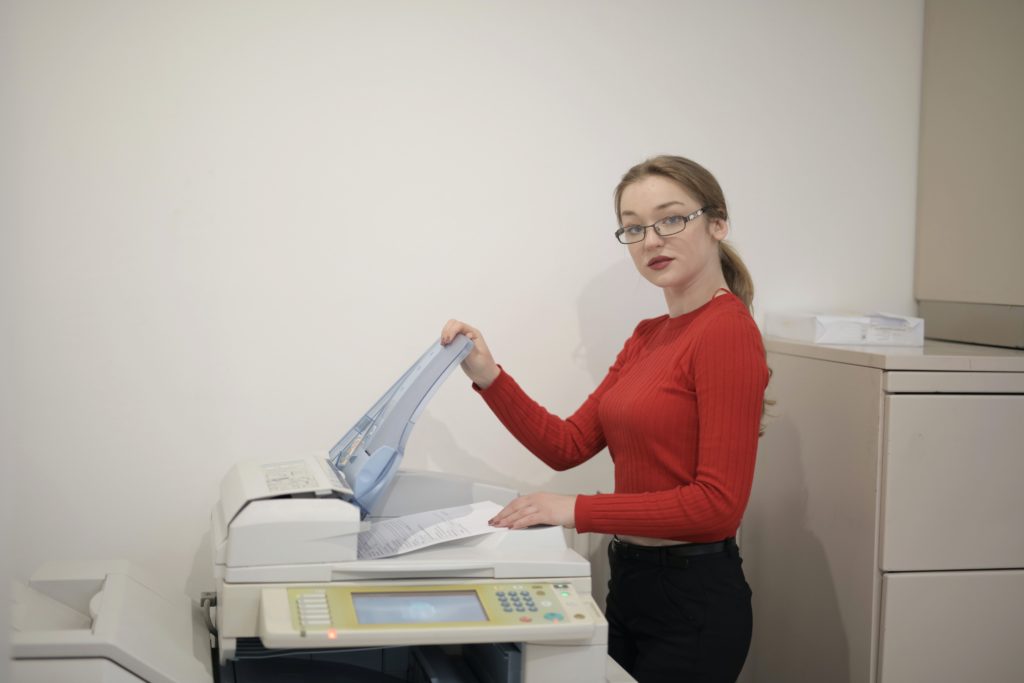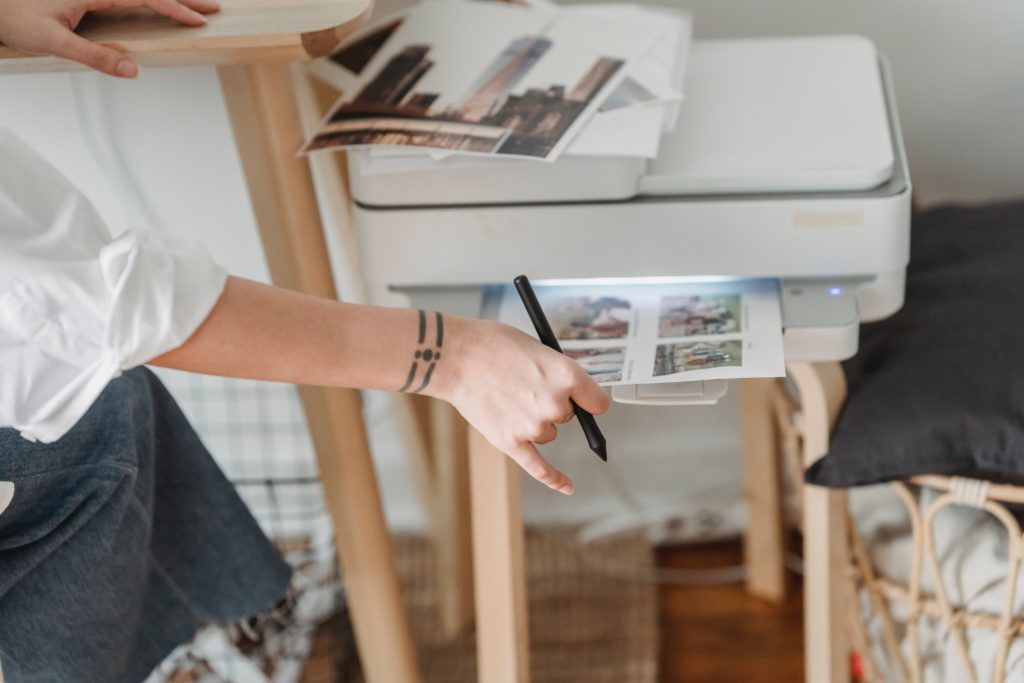When coffee mugs are customized for gifting, customized clothing didn’t need to make much effort to come into the market. And the next thing you know are- custom printed garments, all made with a DTG printer. To know how it works and what colors can the DTG printer work on, here are the details for you.
Designing more than 100 garments with the best printing and non-cracking technology in the market is only possible with a DTG printer. DTG or Direct to garment printing has enhanced the abilities of the artists and designers while it has also uplifted the quality of art added. This printing process is chemical, but it offers great style variation and even long-lasting products. Don’t hesitate to try out some garments and see if it suits your taste. Let us understand what colors can the dtg printer work on.
Dtg white ink

All DTG printers use high-quality inkjet printing techniques to bring out digital designs on the fabric of our choice. While understanding the process of DTG printing, you need to follow up on some facts first is that DTG printing uses a white ink layer as a base and a primer on the dark-colored fabrics. And then, colors the white ink as per your design. This printing process is different from others because it involves layered printing, and hence it is safer and quicker. To know in detail, read out the best DTG inks on the internet.
Dtg printer ink
A DTG printer performs water-based chemistry and works on aqueous inks specially made for textiles. It is a different yet easy process where the water-based ink goes through a curing process and prints the design on the fabric. Most of the D2 inks are aqueous, and hence they work best on natural fabrics, such as cotton. This ink is first pre-treated by heat-pressed onto the fabric materials to straighten the fibers. This first step allows a strong bonding between the ink and the fabric making them look like one, and no ink crusts appear on the outside. So, the answer to what colors can the DTG printer work on is infinite, as many as you want.
Garment printing

Making fabric printing easy, DTG shirt printing has become one of the easiest printing techniques. Due to the use of non-hard rather than aqueous inks, DTG printers offer a more sustainable and smoother garment. You don’t have to worry about the chemicals and curing process, everything will be done without harming the cloth quality, giving you a higher resolution than conventional screen printing. Even for the cost factor, DTG-printed garments are available in the most affordable range, with the least time required.
Here is all about what colors can the dtg printer work on.
FAQs
1. What is direct to garment printing?
Direct to garment printing, also known as DTG, is a newer printing method that produces excellent high-quality prints to stay for years without cracking. It is a kind of digital garment printing (DTG) that involves using modified inkjet printing technology to print out your choices on the fabric. It has been compared to the screen printing technique and accepted as better because of its wide range of colors and quick drying. The ink does not stick out but rather seeps into the garment and becomes one with the fabric so that it gets no cracks.
2. How does dtg printing work?
DTG printing is based on water and ink chemistry that involves a curing process. The fabric of the garment is first pre-treated by heat pressing to smoothen the garment. Then it is held by a platten system for no movement, and the design is digitally printed onto the fabric via the printer. The pre-treatment helps in the bonding of the aqueous inks with the fabric and makes the design look natural not cracked. It is a chemical process that gives a much higher image resolution.
3. What is dtg printing?
DTG printing is a digital fabric printing process involving chemical reactions producing unbeatable outcomes. It is a direct imaging technology, pretty easy to use, and quicker than others with a complete set of available colored inks. With basic knowledge, you could do better and set up your prints for yourselves.

I’m Susan Rockett, I am dedicated to providing effective solutions for all your printing needs. From troubleshooting common printer issues to recommending the best printers for your specific requirements, our website offers valuable insights and resources.
